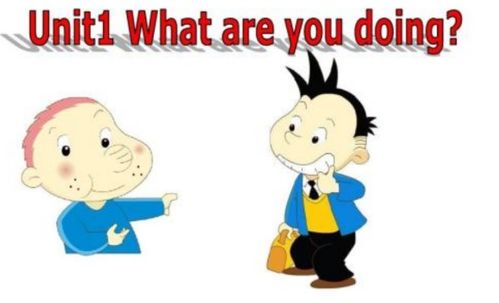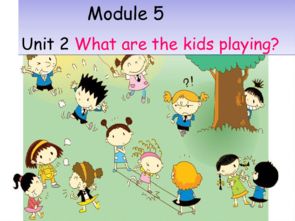What Are Mid Tones for Drawing?
Understanding mid tones in drawing is crucial for creating depth and dimension in your artwork. Mid tones refer to the shades of gray or colors that fall between the lightest and darkest parts of a drawing. By mastering the use of mid tones, you can bring your drawings to life and make them more realistic and visually appealing. Let’s delve into the various aspects of mid tones and how they can enhance your drawing skills.
What Are Mid Tones?

Mid tones are the shades that occupy the middle ground in a drawing. They are neither too light nor too dark, and they play a significant role in defining the form and texture of an object. In a grayscale drawing, mid tones are the shades of gray that fall between the pure white and pure black. In color drawings, mid tones are the colors that fall between the lightest and darkest values of the color spectrum.
Importance of Mid Tones

Mid tones are essential for creating a sense of depth and dimension in your drawings. By using mid tones effectively, you can make your artwork appear more realistic and three-dimensional. Here are a few reasons why mid tones are important:
-
Highlighting Form: Mid tones help to define the shape and form of an object. By varying the mid tones, you can create a more pronounced sense of volume and shape.
-
Creating Texture: Mid tones can be used to add texture to your drawings. By varying the tones, you can create a more realistic surface appearance.
-
Adding Depth: Mid tones help to create a sense of depth in your artwork. By using lighter mid tones in the foreground and darker mid tones in the background, you can make your drawing appear more three-dimensional.
-
Enhancing Contrast: Mid tones can be used to enhance the contrast between light and dark areas, making your artwork more striking and visually appealing.
Techniques for Using Mid Tones

There are several techniques you can use to effectively incorporate mid tones into your drawings:
-
Value Scale: Create a value scale by drawing a series of tones ranging from light to dark. This will help you understand the range of mid tones available and how they relate to each other.
-
Gradation: Gradation involves blending tones smoothly from light to dark. This technique is particularly useful for creating a sense of depth and texture.
-
Cross-Hatching: Cross-hatching involves drawing lines in different directions to create a pattern of tones. This technique can be used to add texture and depth to your drawings.
-
Shading: Shading is the process of adding tones to an object to create a sense of roundness and depth. By varying the mid tones, you can create a more realistic appearance.
Examples of Mid Tones in Artwork
Here are a few examples of how mid tones are used in various artworks:
| Artist | Artwork | Use of Mid Tones |
|---|---|---|
| Leonardo da Vinci | The Last Supper | Da Vinci used mid tones to create a sense of depth and form in the figures, making them appear more realistic and lifelike. |
| Jean-Honor茅 Fragonard | The Swing | Fragonard employed mid tones to add texture and depth to the fabric of the dress, enhancing the overall realism of the scene. |
| Edgar Degas | The Dance Class | Degas used mid tones to create a sense of movement and form in the dancers, making the scene appear more dynamic and lifelike. |
Practical Tips for Using Mid Tones
Here are some practical tips for using mid tones in your drawings:
-
Start with a light mid tone and gradually add darker tones to create depth.
-
Use a limited palette of colors to avoid overwhelming your artwork with too many tones.




